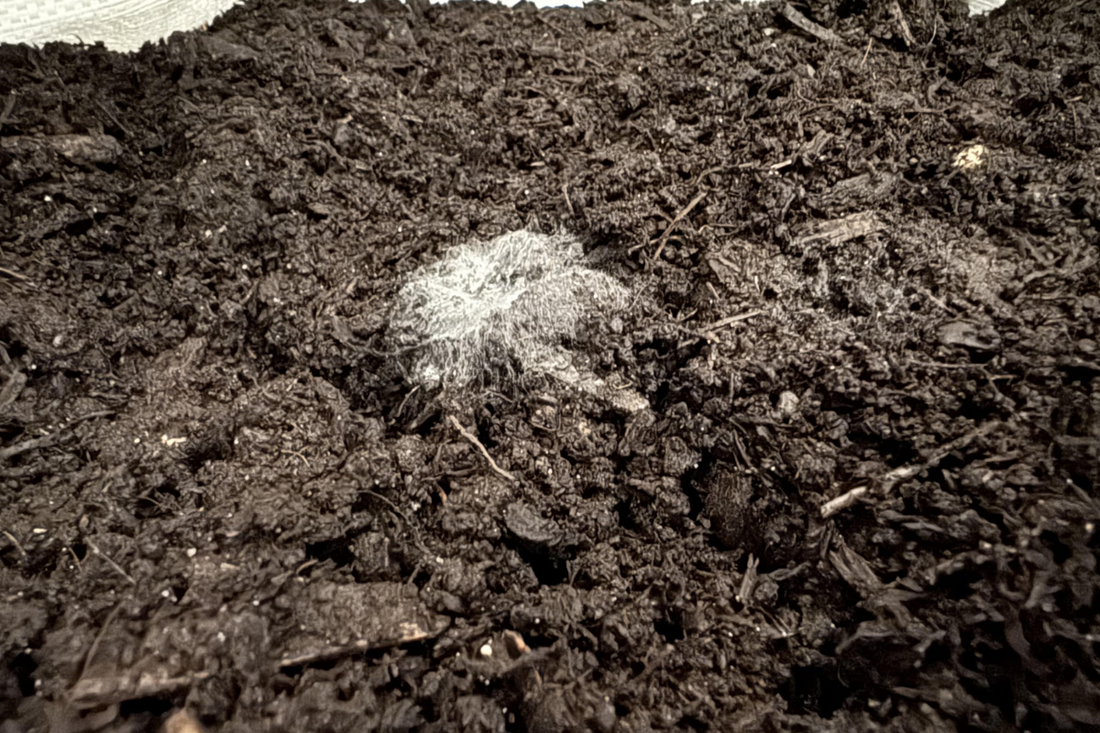
Unlocking the Power of Biologically Active Compost
Share
When it comes to growing healthier, more resilient plants, one of the most powerful tools in your arsenal is biologically active compost. This isn't your everyday heap of decomposing garden waste—it’s a living ecosystem that teems with beneficial microorganisms working in harmony to build soil health, cycle nutrients, and support robust plant growth. Whether you're cultivating a thriving garden outdoors or growing indoors in manufactured substrates like living soil, understanding and harnessing the benefits of bioactive compost can elevate your growing game.
What Makes Compost Biologically Active?
Biologically active compost is defined by its abundant and diverse population of microorganisms, each playing a critical role in the soil food web. Unlike "sterile" or poorly managed compost, bioactive compost doesn’t just feed plants; it creates a thriving soil ecosystem that sustains itself.
A truly bioactive compost meets specific microbial benchmarks set by institutions like the Soil Food Web School. These include:
- Bacteria: 135-150 µg per gram of compost
- Fungi: 150-300 µg per gram
- Protozoa (flagellates and amoebae): 15,000-20,000 individuals per gram
- Beneficial nematodes: 2-8 per gram
These microorganisms interact to break down organic material, convert nutrients into plant-available forms, and suppress pathogens. The result? A soil system that's alive, balanced, and ready to support vigorous plant growth.

Making Compost Extract: A Simple Step to Supercharge Your Soil
Compost extract is one of the easiest ways to introduce the beneficial biology of compost into your growing system. Unlike compost tea, which involves aerating for an extended period, compost extract is faster to prepare and requires minimal equipment.
Here’s how to make a high-quality compost extract:
- Select Bioactive Compost: Start with biologically complete compost that meets or exceeds the microbial benchmarks mentioned above.
- Mix with Water: Combine one part compost with 10 parts chlorine-free water in a bucket.
- Agitate Gently: Use your hands or a stick to agitate the mixture for 3-5 minutes. This dislodges microbes from the compost into the water.
- Strain and Apply: Filter the liquid through a fine mesh or cloth to remove large particles, then use the extract immediately as a soil drench or foliar spray.
Pro Tip: Keep the process simple—don’t over-aerate or add unnecessary ingredients. This ensures you’re transferring only the natural microbial populations.
Indoor vs Outdoor Applications
Outdoor Growing: Working with Native Soils
When using biologically active compost outdoors, you’re enhancing native soils that often already host diverse microbial life. Compost boosts this diversity, improves nutrient cycling, and increases organic matter, resulting in better water retention and reduced erosion. Outdoor applications often require less frequent inoculations, as native ecosystems tend to sustain themselves.
Indoor Growing: Building an Ecosystem from Scratch
Indoor growers using manufactured substrates, like living soil, face a different challenge. These substrates start as “blank slates,” lacking the complex microbial communities found in native soils. Biologically active compost is essential here to inoculate the soil with life. Regular applications of compost extracts and top-dressing with compost ensure the soil remains biologically vibrant throughout the growing cycle.
Pro Tip: Send a compost sample to us, to monitor your substrate’s microbial health indoors. Regular checks allow you to adjust compost applications to maintain an optimal balance of bacteria, fungi, and other organisms.
The Differences Between Native Soils and Manufactured Substrates
-
Microbial Baseline:
Native soils are inherently rich in microbes due to centuries of natural processes, while manufactured substrates require inoculation to develop a microbial network. -
Nutrient Cycling:
In native soils, the soil food web often cycles nutrients efficiently with minimal intervention. In living soil systems, growers must actively maintain biology by replenishing organic matter and monitoring microbial activity. -
Structure:
Native soils contain natural aggregates formed by microbial activity over time, while substrates like living soil rely on amendments like worm castings or biochar to mimic these structures.
Pro Tip: When using living soil indoors, think of it as an ecosystem you’re responsible for stewarding—much like tending to an aquarium. Regularly feed the soil with compost and observe how it responds.
Why Choose Biologically Active Compost?
The benefits of using bioactive compost are as diverse as the microbes within it:
- Enhanced Nutrient Availability: Microbes transform locked-up nutrients into plant-available forms.
- Improved Disease Resistance: Beneficial microbes outcompete pathogens, reducing the need for chemical controls.
- Better Soil Structure: Fungal hyphae and bacterial glues create aggregates that improve water retention and aeration.
- Sustainability: Using compost reduces the need for synthetic fertilisers, making it an eco-friendly choice.
Final Thoughts
Whether you’re growing outdoors in native soils or indoors in living soil, biologically active compost is a game-changer. By fostering a thriving soil food web, you’re not just feeding your plants—you’re creating a resilient, self-sustaining ecosystem that can support life for years to come.
For growers who value science-backed practices, incorporating bioactive compost into your routine is a step towards healthier soils, happier plants, and a greener planet.
Ready to dive deeper into soil biology? Visit the Biological Assay page for testing enquiries.
Have a question or want to share your composting success story? Drop us a line at info@loyaltothesoil.co.uk!